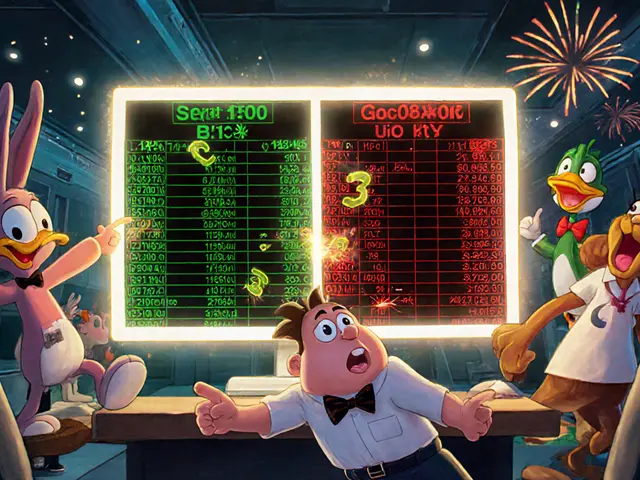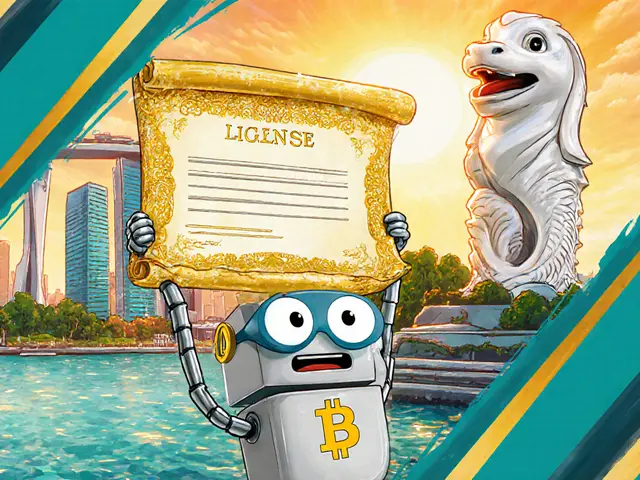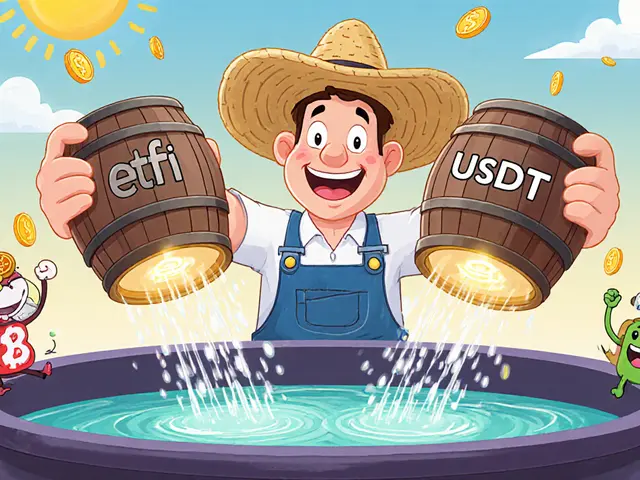Fractional Ownership: What It Is and Why It Matters
When dealing with Fractional Ownership, the practice of splitting the rights to an asset into smaller, tradable pieces that multiple people can hold. Also known as partial ownership, it lets investors access high‑value items without shouldering the full cost. fractional ownership is gaining steam because it lowers barriers, boosts liquidity, and opens new revenue streams across real estate, art, and even infrastructure.
One of the core engines behind this trend is Tokenization, the process of converting a physical or financial asset into a digital token on a blockchain. Tokenization creates a verifiable, immutable record of each share, making trade‑offs fast and cheap. When you pair tokenization with Liquidity Pools, smart contract‑based reserves that let users swap tokens instantly, fractional assets become as easy to buy and sell as any cryptocurrency. This combination fuels the rise of DeFi platforms that let you earn yield on tiny slices of a skyscraper or a vintage car.
How Fractional Ownership Works Across Different Asset Classes
In real estate, investors can own 0.1% of a downtown office building through a token on Ethereum, collect proportional rent, and exit whenever a liquidity pool offers a buyer. In the art world, NFT Fractionalization, splitting a non‑fungible token into multiple ERC‑20 shares lets fans co‑own a masterpiece without needing a museum’s budget. Even renewable energy projects are being sliced into tokenized units, allowing small savers to fund solar farms and earn a share of the generated electricity revenue.
These use cases all share three common attributes: a digital representation of ownership, an automated mechanism for distributing profits, and a market where shareholders can trade their pieces. The underlying smart contracts enforce the rules—no more paperwork, no more middlemen. As a result, the cost of entry drops dramatically, and the speed of transaction improves from weeks to seconds.
However, the model isn’t risk‑free. Regulatory uncertainty can affect how tokens are classified—security, commodity, or something else—impacting tax treatment and investor protection. Smart contract bugs could lock funds or misallocate payouts. And because each fractional token represents a slice of a larger asset, market volatility can amplify losses if the underlying value drops sharply.
To navigate these challenges, savvy participants focus on three pillars: due diligence on the asset’s legal framework, auditing of the smart contract code, and diversification across multiple tokenized projects. Platforms that provide transparent audit reports and insurance mechanisms are becoming the go‑to choice for risk‑aware investors.
Below you’ll find a curated list of articles that dive deep into specific facets of fractional ownership—wrapped tokens, DeFi liquidity strategies, NFT split mechanisms, and regulatory outlooks. Explore the collection to see how the theory translates into real‑world tactics you can apply today.







Categories